East Coast Gaffer, Mervyn Maggs enjoys visiting our excellent maritime museums and suggests they should get more online promotion. Can Eastcoaster readers help by sending your recommendations to the Editor for publication?
Sailing from Scotland to Essex last summer I could never resist hunting out local maritime Museums. I have discovered several on the east coast of Scotland and England that are of note for their comprehensive displays as enthusiastic custodians of our commercial marine heritage related to their own home ports. I am pretty certain there are even more than I have found. After visiting Lossiemouth Fisheries and Community Museum I felt our maritime museums should be given credit for their work and made more visible, hence my contribution to Eastcoaster. Further to this so many of the smaller museums fail to display on a normal Internet search, perhaps the OGA could promote these important places via our own online channels?
Before visiting Lossiemouth, located on the NE coast of Scotland, it registered in my mind as a notable name, but I did not know why. Having settled in for a couple of days we explored the port and visited the Lossiemouth Fisheries and Community Museum on the cusp of them closing for the day. We quickly realised that it held more of interest and treasures than we could appreciate in such a short visit and returned the following day. The Museum is run solely by members of the local community, 20 in all and was established in 1984 using a disused fishing gear store in the port. The exhibits range from the old Covesea Lighthouse, boat building and models from local fishermen through to reconstruction of the study of the late Prime Minister Ramsay Macdonald, as Lossiemouth had been his family home.
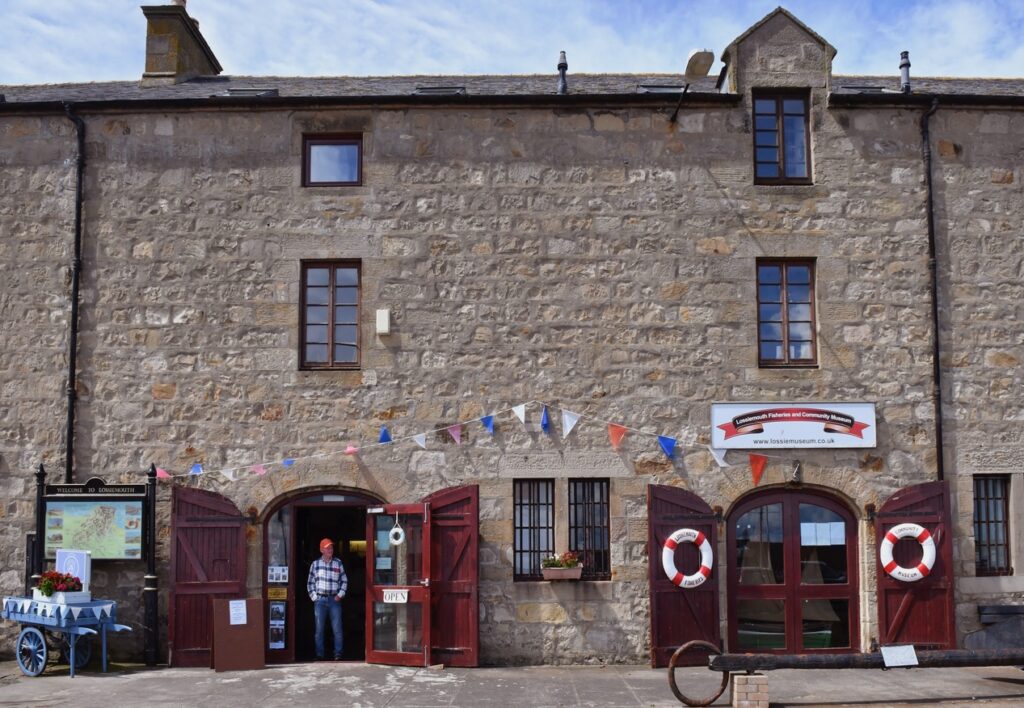
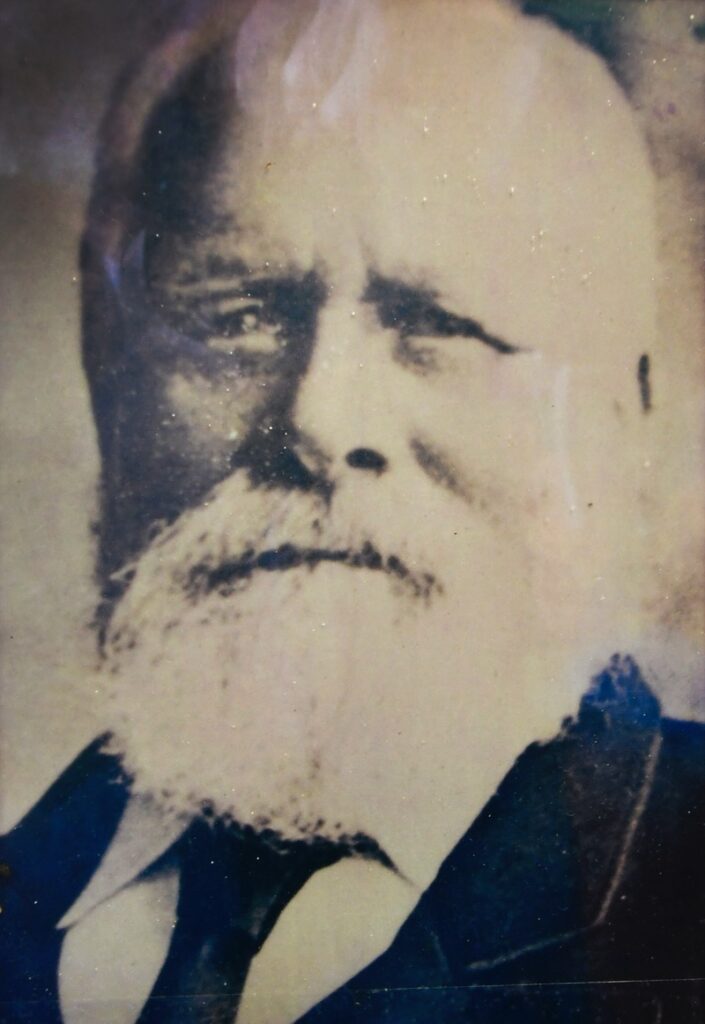
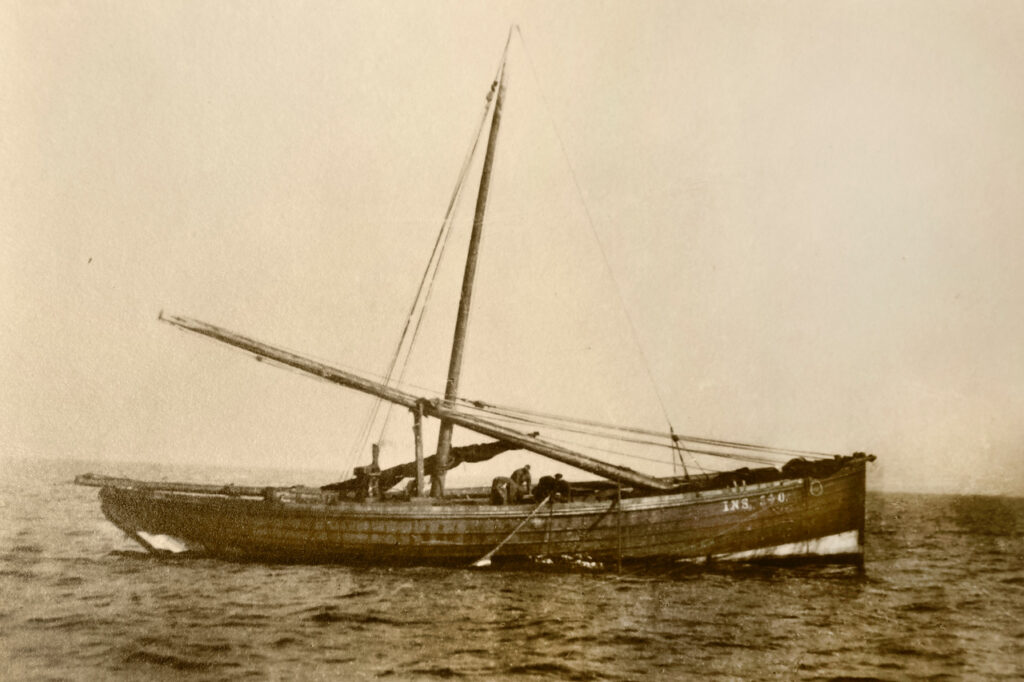
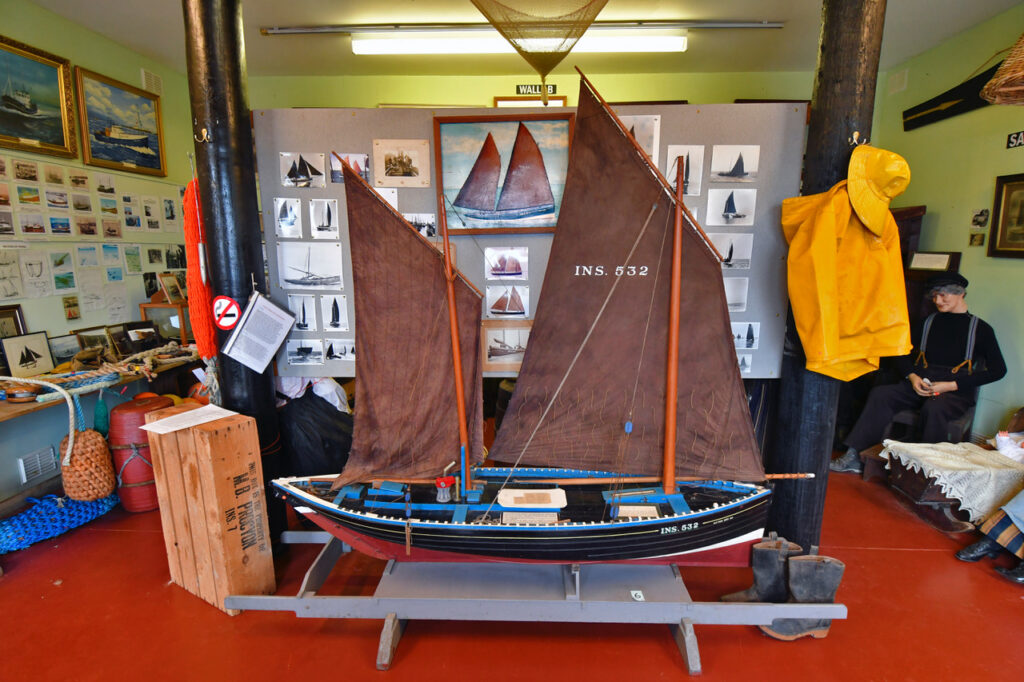
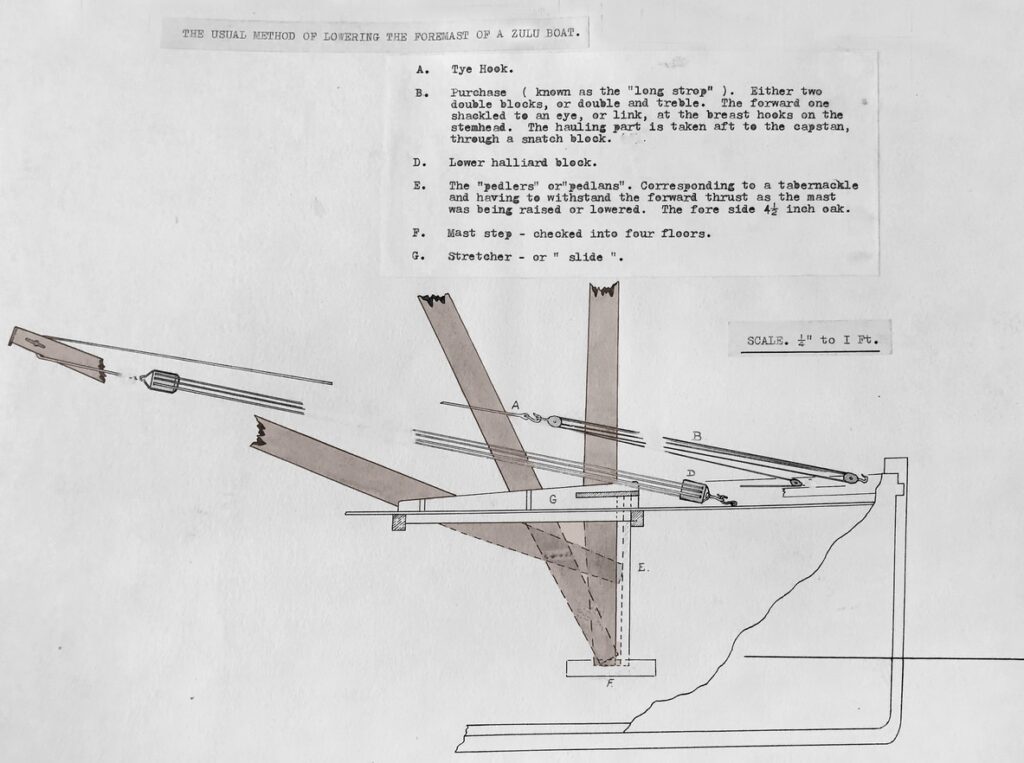
The first visit catalysed my memory of Lossiemouth as the originator of the design for the first Zulu class of fishing luggers in 1879. A local man named Alexander ‘Dad’ Campbell realised the design and had it built, naming it ‘Nonsuch’. Hundreds of this class were built, although larger than the original reaching 60’ – 80’ to sail the coasts of NW Scotland and the east coast in search of herring that were fished in vast quantities. One bewildering fact with all these vessels was that to fish you would lower the main mast before commencing. This was no mean feat, as it could be 60’ tall and up to 2’ in diameter at the deck, notwithstanding a bowsprit that could be up to 50’ long.
The museum is a big story in a small space and has many wonderful photographs and exhibits that help you understand the evolution of the port from sail to motorised vessels and the economic importance of these boats and fleets that fished our coast. Further to this Lossiemouth was in the vanguard of using Danish seine nets when the herring market collapsed in the 1920s. On display are rare examples of the material and early means of making the floats for drift nets, called doggers, in the late 18th and early 19th century. The impressive part of all of this is how the community has donated so many treasures for others to appreciate and understand the commercial past history of the port. One of these gems is the collection of photos of local people taken by David Baikie that takes pride of place. This is a wonderful collection of photographs in albums taken over a broad sweep of time presenting how it was. This method of recording and presentation, I fear, is not so prevalent in this digital age and so much will be lost in the ‘cloud’ if we are not careful.
It does take an enquiring mind to fully enjoy this museum, but do not hesitate in asking questions of those at the door and make sure to visit if you’re in the area! Contact the Editor if you know of another Museum we should feature!
Words and photos: Mervyn Maggs

You must be logged in to post a comment.